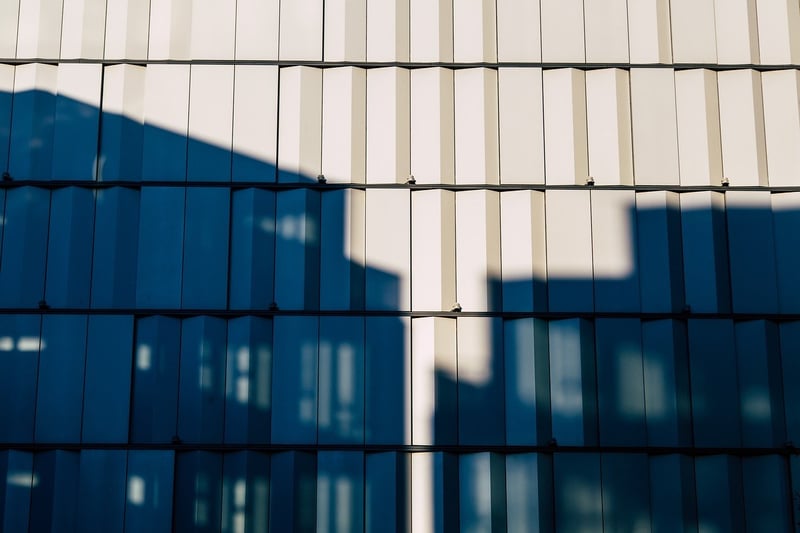Minimalist Design
Essential Concepts for Beginners in Minimalist Design
Welcome to the world of minimalist design! If you're just starting out on your minimalist design journey, there are a few key concepts that you should be aware of to create clean, simple, and impactful designs. Whether you're a graphic designer, web developer, or just someone looking to learn more about this aesthetic, these essential principles will guide you in creating stunning minimalist designs.
1. Less is More
The fundamental principle of minimalist design is "less is more." This means using only the essential elements in your design and eliminating anything that is unnecessary or does not serve a purpose. By simplifying your design, you can create a visually appealing and clutter-free composition.
2. White Space
White space, also known as negative space, is the empty space around design elements. It helps to create a sense of balance, elegance, and sophistication in minimalist designs. Embrace white space to allow your design elements to breathe and stand out.
3. Typography
Choose simple and clean fonts for your minimalist designs. Typography plays a crucial role in conveying your message effectively. Opt for sans-serif fonts like Arial, Helvetica, or Roboto for a modern and sleek look.
4. Limited Color Palette
Minimalist designs often feature a limited color palette consisting of neutral colors such as white, black, gray, and beige. Using a restrained color scheme can create a sense of harmony and unity in your design.
5. Focus on Functionality
In minimalist design, form follows function. Prioritize the functionality of your design elements and ensure that every element serves a purpose. Eliminate any decorative elements that do not contribute to the overall usability of the design.
6. Grid Layouts
Grid layouts are commonly used in minimalist design to create a sense of order and structure. Aligning elements to a grid helps to maintain consistency and balance in your design. Experiment with different grid systems to find the layout that works best for your project.
7. Minimalist Photography
Photography is a powerful tool in minimalist design. Choose images that are simple, clean, and uncluttered to complement your minimalist aesthetic. Look for images with strong compositions, negative space, and minimal distractions.

8. Embrace Simplicity
Embrace simplicity in all aspects of your design, from layout and color to typography and imagery. Minimalist design is about stripping away the unnecessary and focusing on what truly matters. Keep your designs clean, elegant, and purposeful.
Conclusion
By understanding and applying these essential concepts for beginners in minimalist design, you can create visually appealing and impactful designs that resonate with your audience. Remember, simplicity is key in minimalist design, so keep refining your skills and experimenting with different elements to craft beautiful minimalist creations.
Happy designing!
